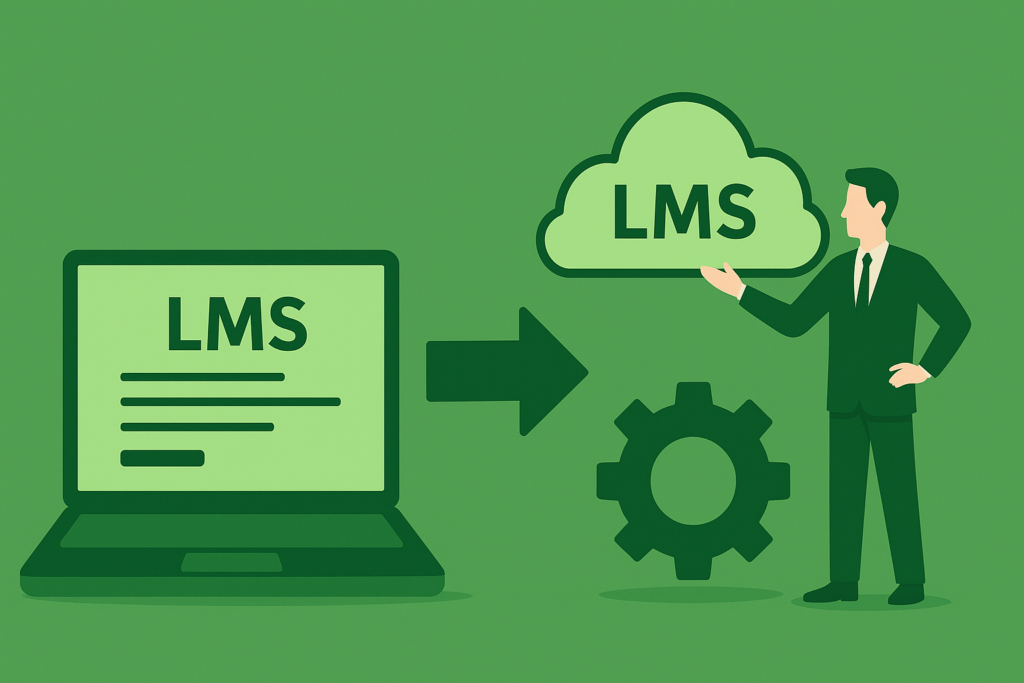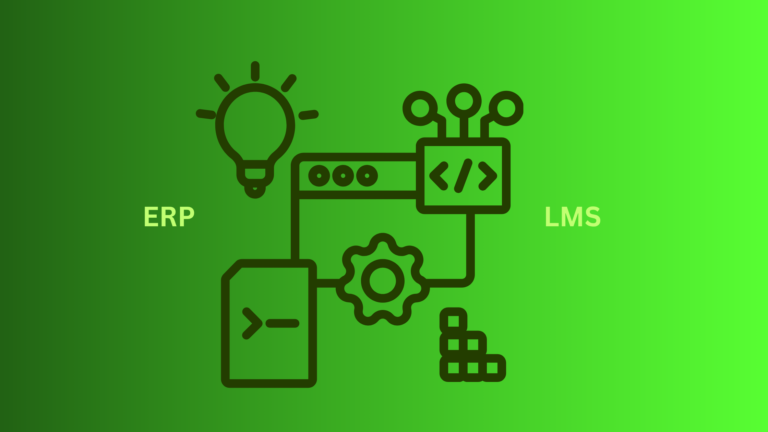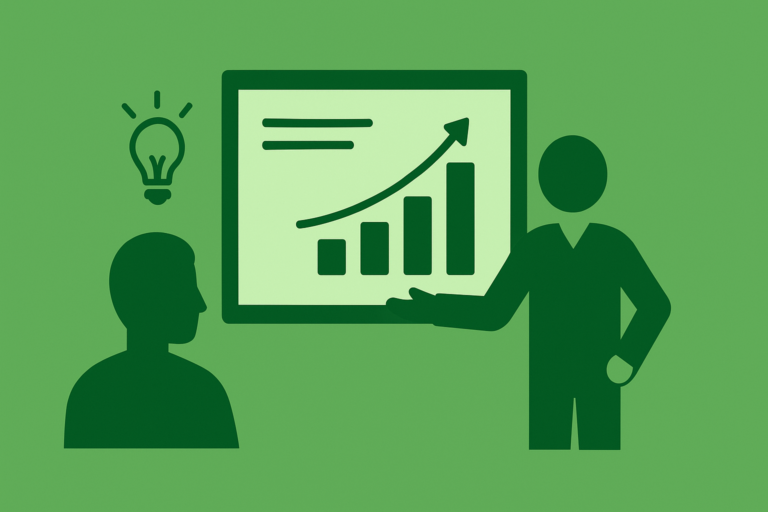Switching to a new Learning Management System (LMS) can feel like a big task, but it’s often the best way to support growth, improve learning experiences, and stay future-ready. This process—known as LMS migration—involves moving courses, user data, reports, and integrations from one platform to another. Done right, it minimizes disruption and sets your organization up for long-term success.
Let’s look at the key steps to ensure a smooth migration.
1. Define Objectives and Scope
Start by asking why you need the migration. Is it for a better user experience, scalability, advanced analytics, or compliance? Once objectives are clear, define the scope: decide what content, data, and assets will move forward, and what can be retired or refreshed.
2. Audit and Clean Current Data
Before migration, review your existing courses, user records, and integrations. Remove duplicates and outdated content so only what’s valuable is carried into the new LMS. This step saves time and avoids clutter later.
3. Choose the Right LMS
Select an LMS that meets both your current and future needs. Look for features like scalability, mobile access, AI-driven tools, and strong integration capabilities. Engage stakeholders, run demos, and ensure the platform supports your vision.
4. Plan the Migration
A structured plan is critical. Outline roles, responsibilities, timelines, and rollback procedures. Include checkpoints for testing and validation, and assign team members to oversee content migration, data mapping, and integration.
5. Backup and Standardize Content
Back up all critical data before you move anything. Where necessary, standardize course formats into widely supported packages like SCORM or xAPI to ensure compatibility. Think of this step as preparing your assets to “speak the same language” in the new LMS.
6. Data Migration and Integration
Transfer user profiles, course materials, reports, and certifications. Test integrations with HR systems, CRMs, or other business tools to ensure everything works seamlessly. Validate the data to catch and correct any errors.
7. Test and Validate
Before going live, test the new system thoroughly. Run pilot programs with small user groups to check access, progress tracking, reporting, and integrations. Fix any issues early to avoid larger disruptions.
8. Train and Support Users
Once the system is live, make sure users, trainers, and admins feel confident using it. Provide quick-start guides, FAQs, and live support to ease the transition. A little preparation here can significantly boost adoption.
9. Monitor and Optimize
Post-launch, gather feedback, monitor performance, and keep refining. Adjust content, workflows, and configurations to ensure the LMS continues to meet evolving needs.
Conclusion
LMS migration may seem complex, but with the right process, it becomes an opportunity to clean up, modernize, and unlock new capabilities. Acadle is built to make this transition easier. With its seamless integration options, user-friendly setup, and scalable features, Acadle helps organizations move from outdated systems to a powerful learning platform without the headaches.
Whether you’re migrating for scalability, better analytics, or a smoother learner experience, Acadle ensures the journey is as seamless as the destination.
👉 Start your free trial today and experience how Acadle makes LMS migration effortless.



